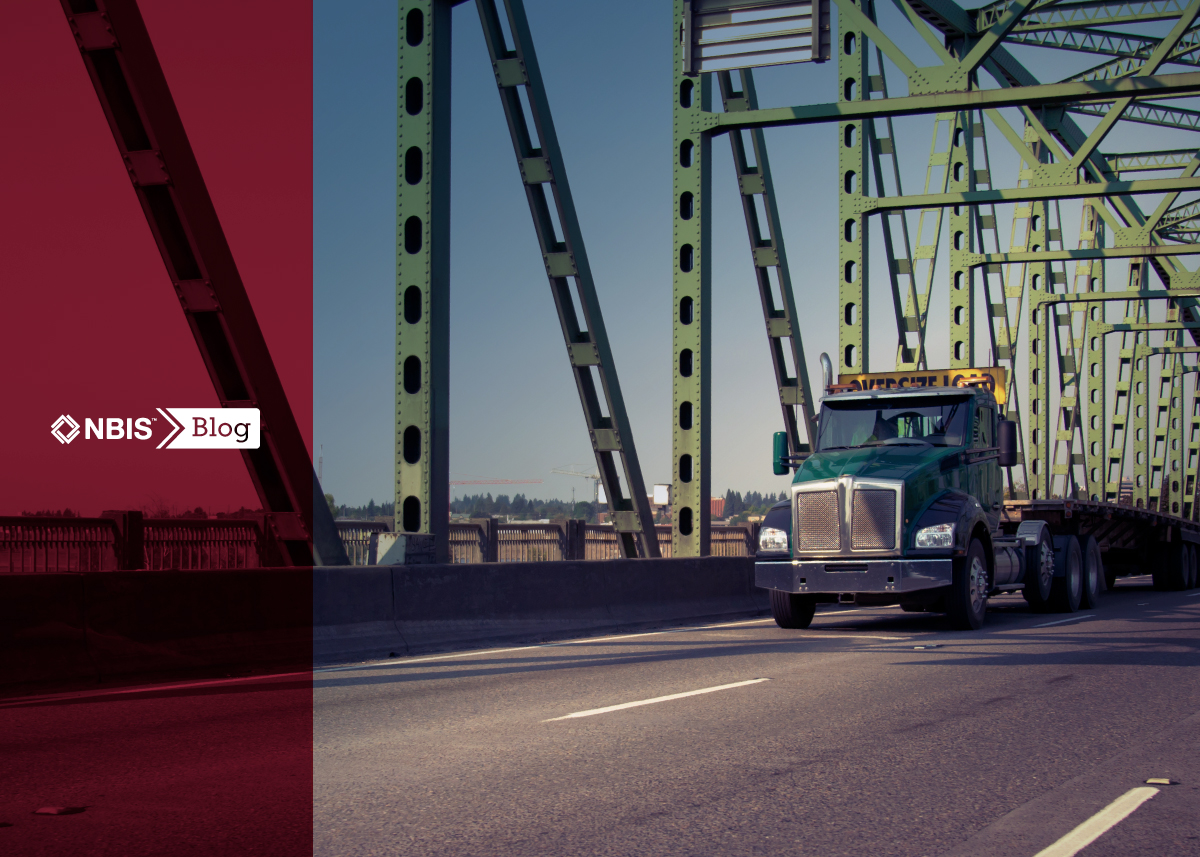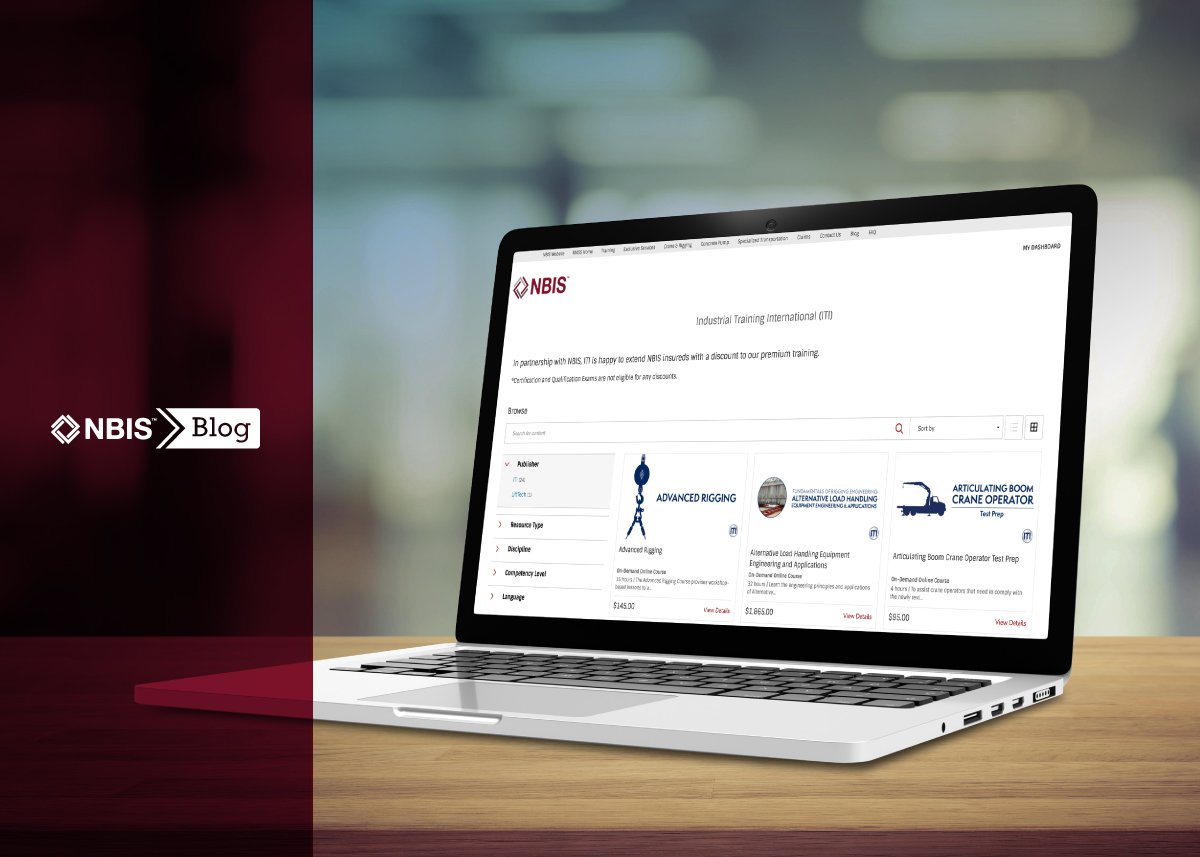Earlier this summer, while addressing a congressional panel on federal funds to be used to enhance the country’s mobility networks and freight corridors, U.S. Department of Transportation Secretary Pet Buttigieg stated, “Every few days, we have another great announcement: bridge repair programs that will help us move goods more affordably and people more safely; a national electric vehicle-charging network with the potential to bring cost-saving technology to rural communities and help fight the climate crisis; and safety initiatives that will reduce crashes and save lives.”
The bulk of the funds are expected to come from the Infrastructure Investment and Jobs Act (IIJA), and are also expected to energize adoption of new technologies throughout the transportation landscape.
Emphasizing the IIJA’s focus on supply chains, in particular, Buttigieg added, “From safety to reliability to affordability, name a dimension of transportation that you deal with in your daily life, and chances are, we’ve got a program for it.” Ultimately, the IIJA represents a historic opportunity to repair the one-in-five miles of U.S. roadways and more than 45,000 bridges rated as “in poor condition.” The law also contains funding to rebuild and reinvest in railways, public transit infrastructure, and the safety of the country’s transportation system. It further reauthorizes federal surface transportation programs for five years and invests billions in transformational projects that will create good-paying union jobs, grow the economy, and make the transportation system safer and more resilient.
Particularly Notable
After the IIJA was enacted in November 2021, the White House quickly moved to establish a task force with the intent of guaranteeing implementation of its programs and associated funds. According to a statement from the White House, the task force would be committed to “… breaking down barriers and driving implementation of infrastructure investments across all levels of government to realize the president’s vision of rebuilding our nation’s infrastructure and positioning the U.S. to compete and win in the 21st century.”
Through an economic lens, the law authorizes $1.2 trillion for transportation and infrastructure spending with $550 billion of that figure going toward “new” investments and programs.
Particularly notable, specifically for infrastructure, the IIJA will provide federal financial assistance for any program that has infrastructure, even if infrastructure is not the primary purpose of the program. However, it must adhere to the following requirements:
- All iron and steel used in infrastructure projects must be made in the United States throughout the entirety of the manufacturing process.
- All manufactured products must be produced in the United States. All components of the manufactured product must be produced in the United States and be greater than 55 percent of the total cost of all components of the manufactured product.
- All construction materials must be made in the United States throughout the entirety of the manufacturing process.
And while it comprises just a sampling, the following list provides various considerations local governments can consider as IIJA implementation gets moving.
- Coordinate across departments internally and with metropolitan planning organizations (as appropriate).
- Prioritize your community’s capital needs and develop a project pipeline.
- Review the IIJA Guidebook to identify potential funding streams to focus on.
- Become familiar with your state’s broadband agency and work with them to ensure your local community or region’s needs are appropriately mapped and inventoried.
- Establish relationships with the regional offices for the federal agencies that are key to addressing your community’s needs as they can help direct you to resources and provide technical assistance.
That said, while nearly $1 trillion in funding from the IIJA is currently making its way to state and local governments, without major updates to grant application processes at both the federal and state levels, IIJA funding will go to the communities that are best at applying for funds—not necessarily the places that need it the most.
Federal agencies acknowledge that this dynamic poses a significant risk to IIJA implementation, and more resources than ever are available for smaller and low-capacity state and local governments applying for funding—and agencies are communicating more clearly and consistently with potential applicants.
One example: the Office of Management and Budget recently released guidance to help federal agencies ensure effective, equitable implementation of IIJA money. Additionally, the Department of Transportation is beginning to implement guidance through the recent creation of its Multimodal Projects Discretionary Grant, which combines three grant programs under a single application with common criteria in order to lower application barriers.And with implementation of the IIJA underway, the White House also released a guidebook to provide information outlining resources in the infrastructure package. Further, it serves as a roadmap to the funding available under the law, explaining direct federal spending at the program level.







